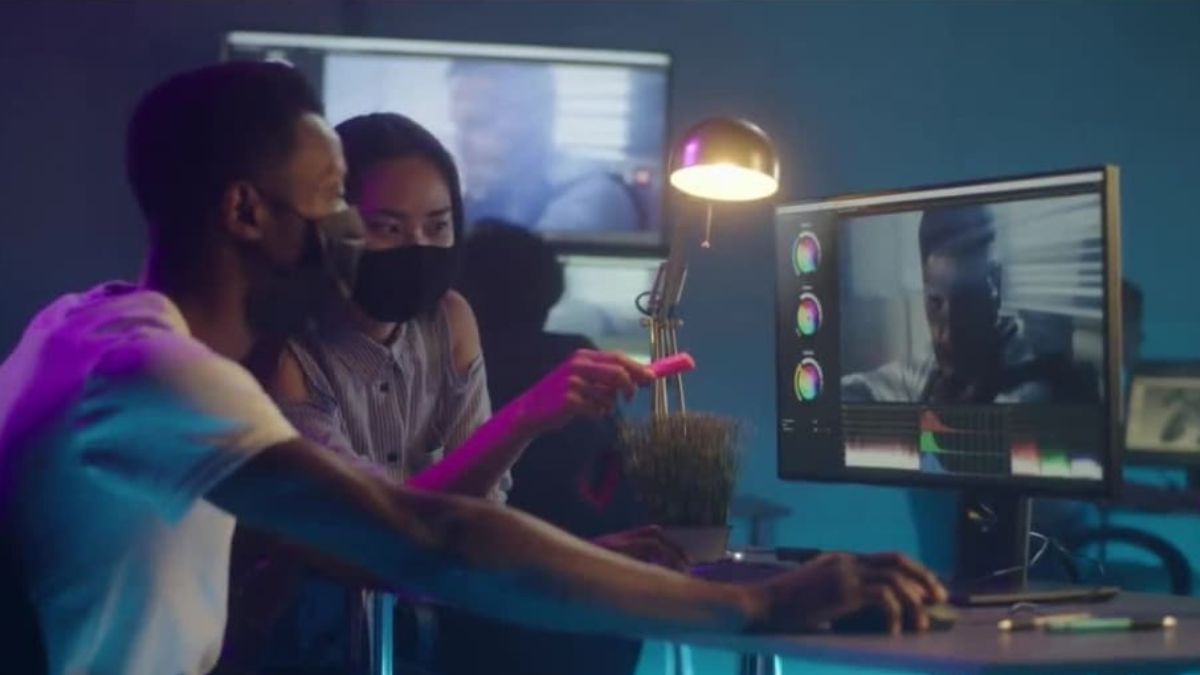Have you ever stumbled upon the term “insanont” and wondered what it truly means? This intriguing concept has emerged as a fascinating blend of culture, technology, and social dynamics. As we dive deeper into its origins, evolution, and impact on society, you’ll discover why insanont has sparked conversations in various circles. From its compelling history to its presence in pop culture, this exploration promises to shed light on an increasingly relevant phenomenon. Join me as we unravel the layers of insanont and uncover what makes it resonate with so many people today!
The Definition of Insanont
Insanont is a term that encapsulates multifaceted ideas, often rooted in the intersection of human experience and modern technology. At its core, it reflects the essence of being human—our emotions, connections, and creativity.
The word combines elements from various languages and disciplines, suggesting an innate understanding of what it means to live authentically in today’s fast-paced world. It challenges conventional boundaries by encouraging individuals to embrace their uniqueness while fostering community.
In many ways, insanont also signifies a departure from traditional norms. It invites people to explore new avenues of expression without fear or hesitation. This evolving concept continues to gain traction as society navigates through complexities brought on by technological advancements and globalization.
History and Evolution of Insanont
Insanont has roots that trace back to ancient cultures. Its early definitions often revolved around community and shared experiences. Over time, the term began to evolve, encompassing broader meanings.
In the digital age, insanont gained traction through social media platforms. It transformed into a concept tied closely with online interactions and collective consciousness. As people became more interconnected, so did its significance.
With each technological advancement, insanont adapted. New generations redefined it again and again, infusing fresh perspectives shaped by societal changes and global events.
The evolution didn’t stop there; it began influencing various fields such as art and literature. Creatives started incorporating elements of insanont in their works, reflecting contemporary themes of identity and belonging.
As discussions surrounding mental health grew louder, references to insanont took on new dimensions—highlighting empathy within communities navigating challenges together.
How Insanont Has Impacted Society
Insanont has permeated various facets of modern society, transforming how we communicate. It fosters connections across geographic boundaries, allowing individuals to share experiences and ideas instantly. This shift has redefined relationships in both personal and professional realms.
In education, Insanont plays a pivotal role by making information accessible. Students can learn from diverse sources worldwide, broadening their perspectives beyond traditional textbooks.
Moreover, the rise of Insanont has birthed new industries centered around content creation and digital marketing. Businesses harness its power for outreach and engagement like never before.
Culturally, Insanont sparks conversations that challenge societal norms. Movements gain momentum online as voices unite for common causes. The dialogue it facilitates encourages awareness on important issues ranging from social justice to environmental concerns.
Through these avenues, Insanont not only reshapes interactions but also drives significant change within communities globally.
The Controversy Surrounding Insanont
The concept of insanont stirs debate among scholars and enthusiasts alike. Critics argue that its influence often veers into manipulation, raising ethical concerns about authenticity.
Some view it as a tool for empowerment, enabling voices to be heard in ways previously unimaginable. Yet, others worry that it can distort perceptions, leading to misunderstanding and conflict.
Discussions around insanont frequently highlight the fine line between creativity and appropriation. This tension fuels ongoing conversations within various communities regarding ownership and expression.
As new generations engage with insanont, differing opinions emerge on how it should evolve. The dynamic nature of this phenomenon ensures that debates will continue shaping its legacy for years to come.
Famous Examples of Insanont in Pop Culture
Insanont has woven itself into the fabric of pop culture in intriguing ways. One notable example is its portrayal in popular TV shows, where characters often embody the essence of insanont through their unpredictable behavior and wild adventures.
Movies have also embraced this concept. Films that explore themes of chaos and spontaneity frequently use elements reminiscent of insanont to push narratives forward or create tension.
In literature, several authors have delved into the complexities surrounding insanont, crafting characters who navigate life’s unpredictability with flair and courage.
Even music isn’t immune to its influence. Many songs capture the spirit of insane experiences or thoughts that connect listeners on a visceral level.
These representations highlight how deeply ingrained insanont is within our cultural consciousness, reflecting both fascination and intrigue across various forms of media.
The Future of Insanont
The future of insanont is both exciting and uncertain. As technology advances, we’ll likely see new forms emerge that challenge our understanding.
With the rise of artificial intelligence, insanont could integrate with digital platforms in unexpected ways. Imagine virtual experiences that redefine connection and communication.
Moreover, societal shifts around mental health may reshape how we view and engage with insanont. There’s a growing appreciation for authenticity, which might elevate its significance in personal narratives.
On the flip side, ethical questions are unavoidable. As more people participate in this phenomenon, concerns about manipulation or exploitation arise. Striking a balance between innovation and responsibility will be crucial.
Emerging trends suggest that as global cultures blend further, insanont could take on diverse meanings across different contexts. This evolution will contribute to an ever-expanding tapestry of human experience—one where connections remain at the forefront.
Conclusion
The concept of insanont has woven itself into the fabric of modern society. Its definition, history, and evolution paint a vivid picture of how it has shaped cultural narratives. The social impact is undeniable, as individuals engage with its themes both positively and negatively.
While controversies arise surrounding insanont’s interpretations and implications, it continues to inspire dialogue across various platforms. From literature to film, its presence in pop culture demonstrates its lasting influence on creativity and expression.
Looking ahead, the future of insanont appears bright yet complex. As society evolves, so too will our understanding and appreciation for this multifaceted phenomenon. It beckons us all to explore deeper meanings while acknowledging the conversations that surround it.
Engagement with insanont remains vital as we navigate an ever-changing landscape—both artistically and socially. The journey through its intricate pathways invites exploration beyond mere definitions or historical contexts; it’s about what we choose to make of it moving forward.










